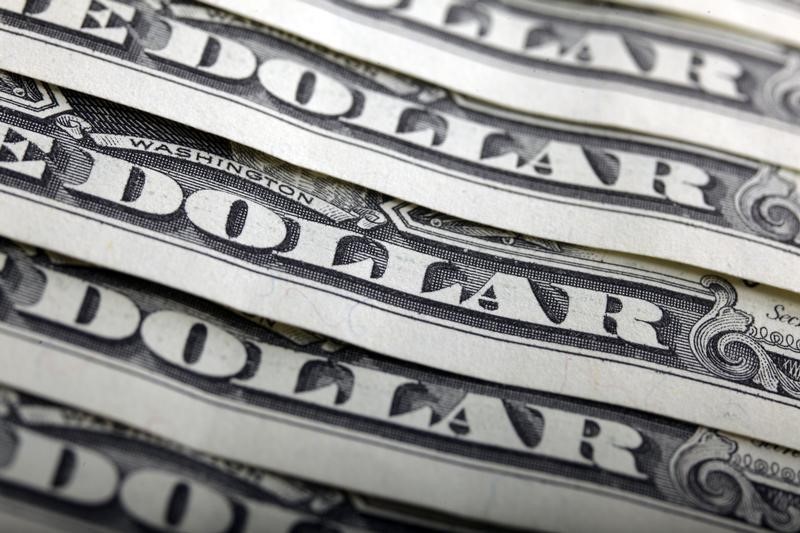By Ambar Warrick
Investing.com -- Most Asian currencies crept higher on Thursday and the dollar fell in anticipation of data showing a further easing in U.S. consumer inflation, while the Japanese yen rallied sharply after the country logged a record-high current account surplus.
The dollar retreated further on Thursday, and was close to its lowest level in over seven months against a basket of currencies.
The yen jumped 0.7% to 131.61 against the dollar and was among the best-performing Asian currencies for the day, after data showed that Japan’s current account surplus surged far more than expected to a record high of ¥1.804 trillion.
The strong reading was driven largely by a record rise in returns on Japanese overseas investments, which largely helped offset the country’s growing trade deficit. It also points to some strength in the Japanese economy despite headwinds from worsening growth and increased inflation in 2022.
China’s yuan was also bolstered by positive economic data, rising 0.2% and hovering just below a five-month high. Data showed that Chinese consumer inflation grew slightly more than expected in December from the prior month, indicating that economic activity was beginning to perk up after the government relaxed most anti-COVID measures.
But weakness in producer price inflation showed that certain facets of the economy were still lagging. The country is grappling with a massive spike in COVID-19 cases after the removal of most restrictions.
The Australian dollar added 0.2% after data showed the country’s trade surplus unexpectedly grew in November, while the Indian rupee was flat ahead of a reading on consumer inflation, which is expected to have remained steady in December.
Broader Asian currencies were mildly positive, but were sitting on strong gains for the week in anticipation of data that is expected to show that U.S. consumer inflation retreated further in December.
The reading is likely to spur a less hawkish stance by the Federal Reserve, which in turn could weaken the dollar and offer much relief to Asian currencies. Regional markets were battered by a sharp spike in interest rates through 2022, and are awaiting any signs that this trend could reverse in 2023.
The dollar index and dollar index futures both fell about 0.1%, and were down nearly 0.8% this week in anticipation of the inflation data. The greenback has been on a sharp decline since late-2022, amid an increasing number of bets that U.S. inflation has peaked, and that the Fed will raise rates at a slower pace in the coming months.
But given that inflation is still trending well over the Fed’s annual target range, markets are cautious over whether interest rates will stay higher for longer.
